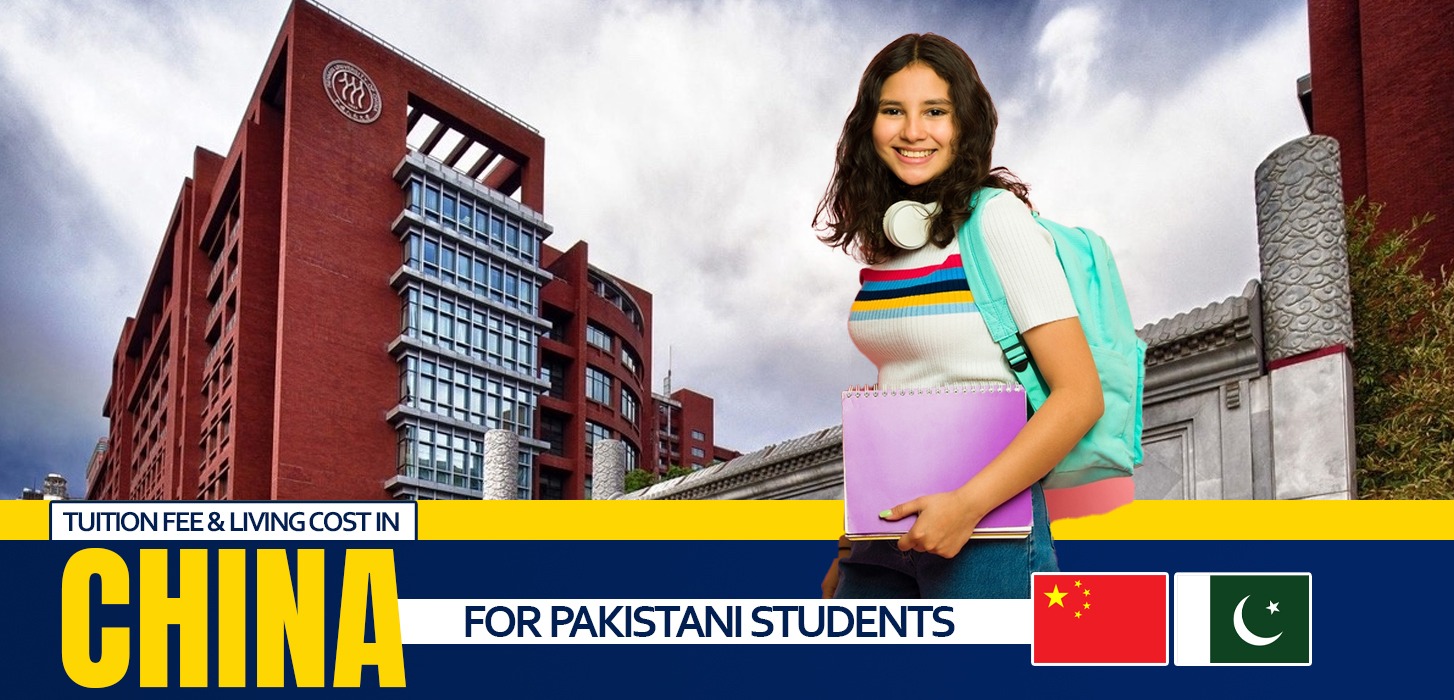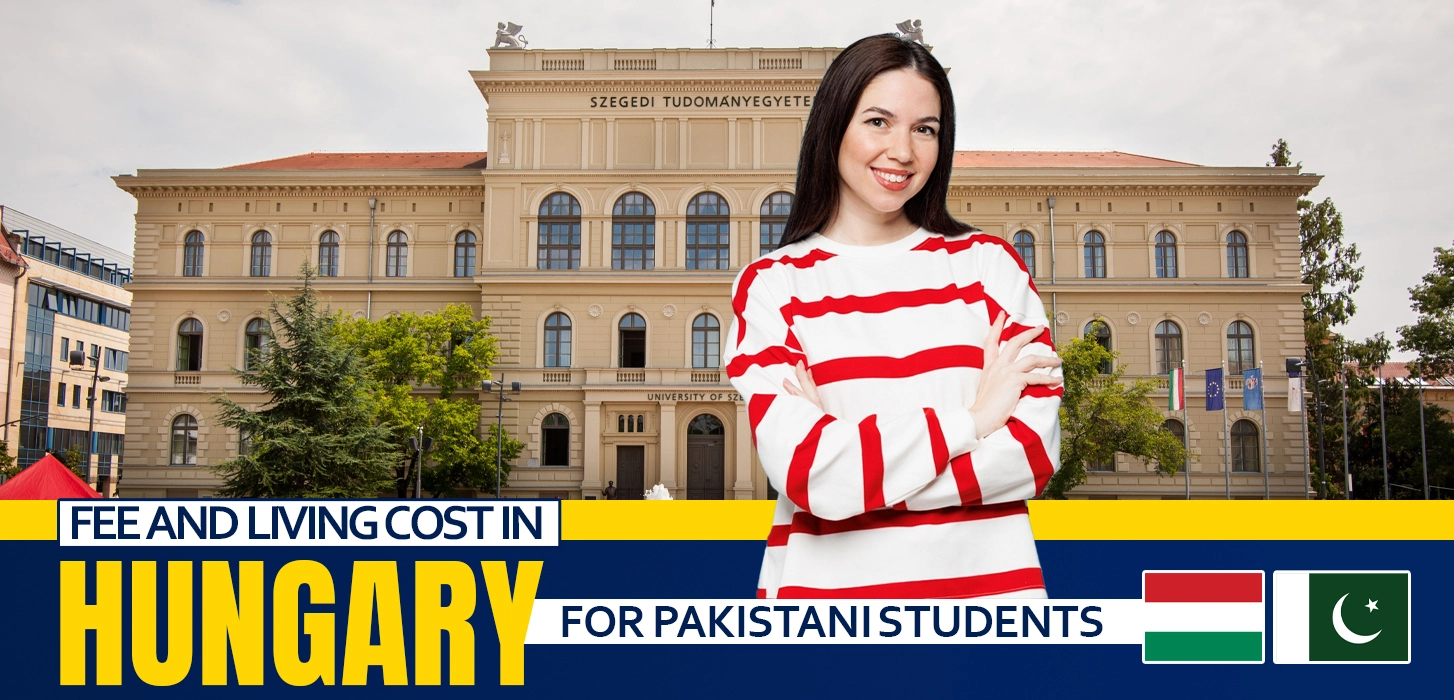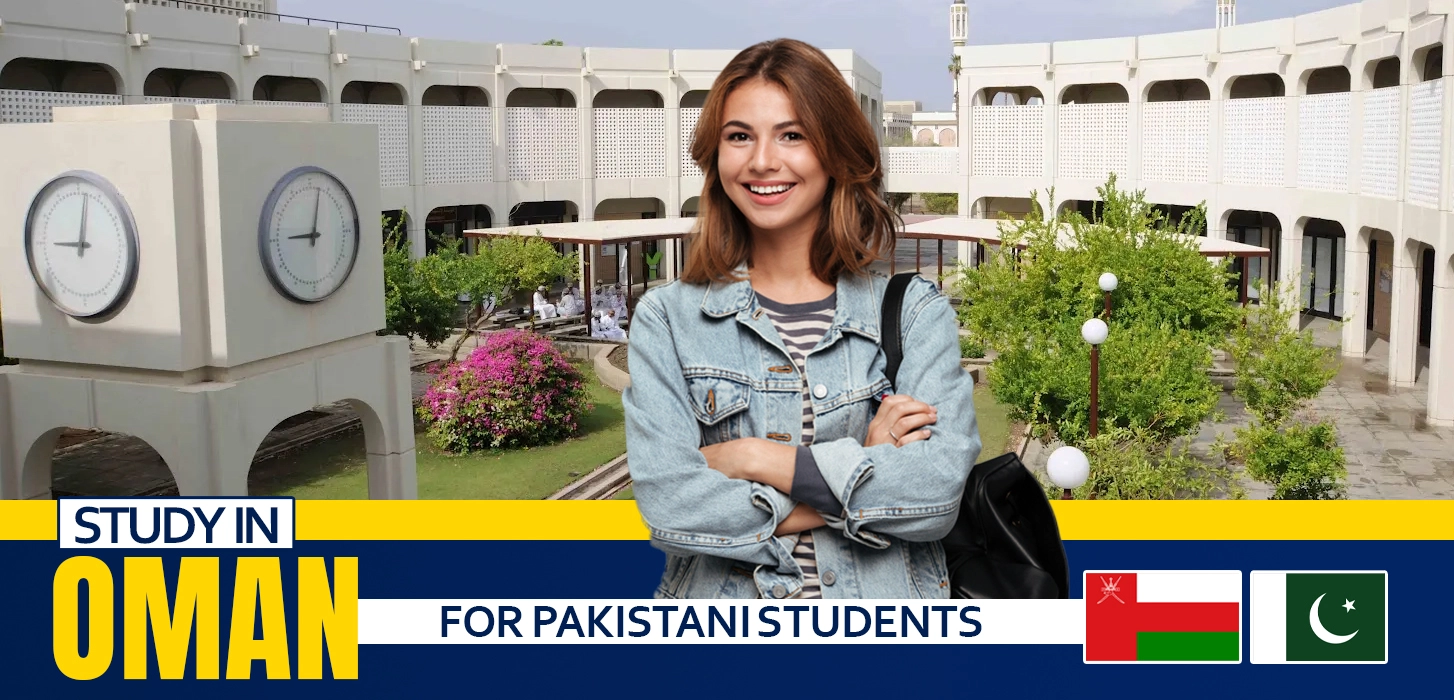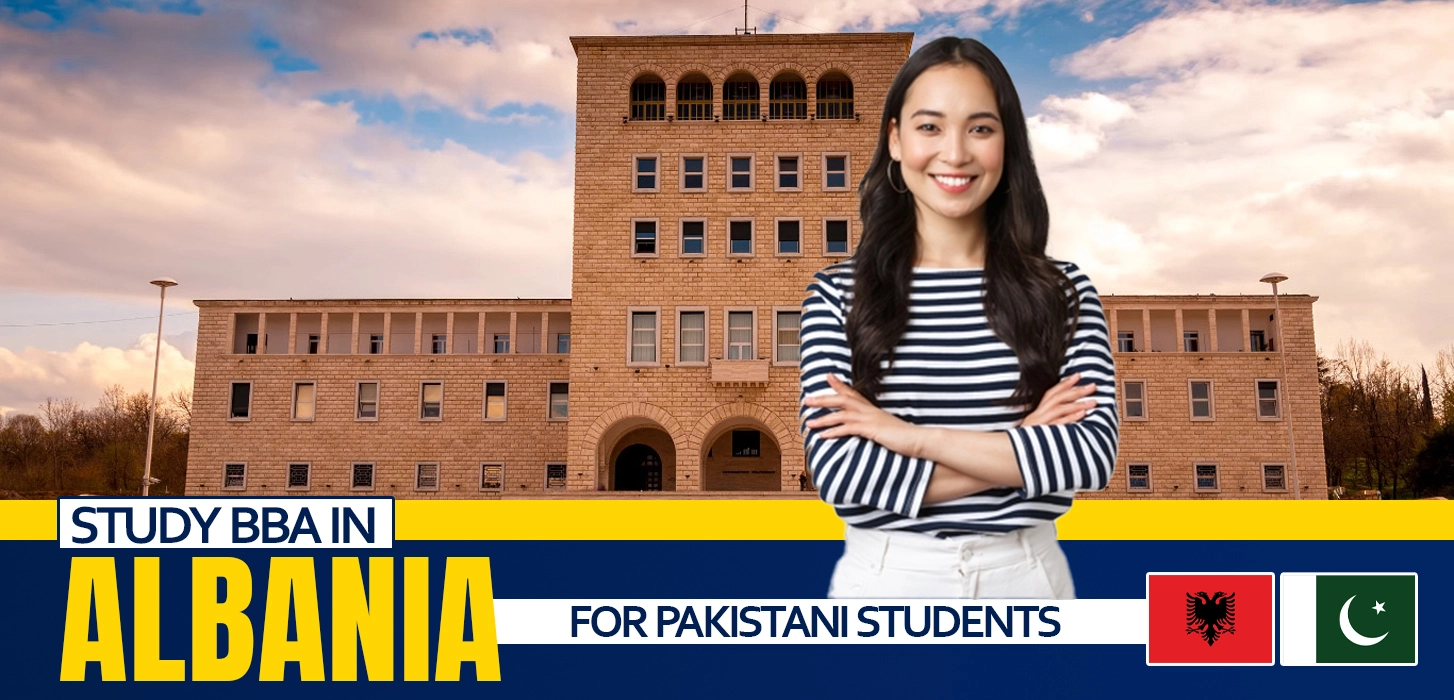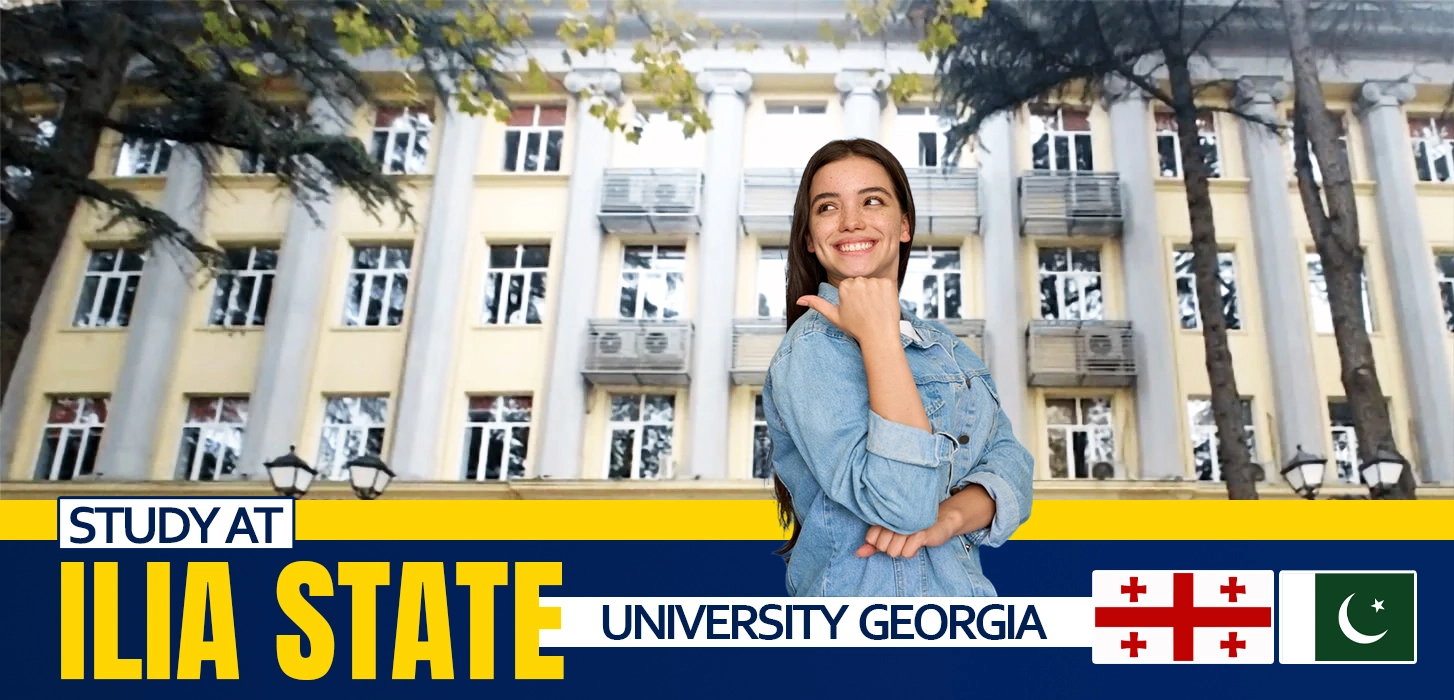
Top 10 Countries for MBBS Abroad in 2025-26 For Pakistani Students
If you’re aiming to study MBBS in European countries recognized under PMDC List A, you’re in the right place. Here’s a brief overview of the top 10 destinations for 2025, highlighting essential details like tuition fees, living expenses, application procedures, and visa requirements. This information will help you navigate your options for pursuing a medical degree abroad.
Table of Contents
Overview:
Germany is one of the countries with excellent medical education which emphasizes research and training. This country has low or even free charges in tuition fees in public universities and has good and efficient health facilities.
What are the Top Universities that fall under PMDC List A?
University | Estimated Annual Tuition Fee (USD) |
Heidelberg University | $1,500 – $2,500 |
University of Freiburg | $1,500 – $2,500 |
University of Leipzig | $1,500 – $2,500 |
What are the Living Expenses in Germany for Students?
City | Monthly Cost (USD) |
Berlin | $700 – $1,200 |
Munich | $800 – $1,500 |
Hamburg | $700 – $1,200 |
Currency: Euro (EUR)
What is the Application Process in Germany for Students?
- Apply through the university’s online portal.
- Provide academic transcripts, proof of English proficiency, and a medical certificate.
What is the Visa Process in Germany for Students?
- Obtain an admission letter.
- Apply for a student visa at the German embassy with proof of financial means and health insurance.
Is Work After Studies Allowed in Germany for Students?
- Graduates can apply for an 18-month post-study work visa.

Overview:
The French education system is quite elaborate and focuses a lot on research with special emphasis on the medical field. There is a regime of fairly low tuition, and living standards are comparatively high.
What are the Top Universities in France that fall under PMDC List A?
University | Estimated Annual Tuition Fee (USD) |
University of Paris Descartes | $3,000 – $4,000 |
University of Lyon | $3,000 – $4,000 |
University of Strasbourg | $3,000 – $4,000 |
What are the Living Expenses in France for Students?
City | Monthly Cost (USD) |
Paris | $1,000 – $1,500 |
Lyon | $800 – $1,200 |
Strasbourg | $800 – $1,200 |
Currency: Euro (EUR)
What is the Application Process in France for Students?
- Apply through the university’s online portal or the Campus France platform.
- Submit academic transcripts, proof of English proficiency, and a medical certificate.
What is the Visa Process in France for Students?
- Obtain an admission letter.
- Apply for a student visa at the French embassy with proof of financial means and health insurance.
Is Work After Studies Allowed in France for Students?
- Graduates can apply for a temporary residence permit to find work.
Overview:
The medical education in Italy is very good, and the historical background is also very well established. The country offers cheap cost of tuition fees and has a quality living standard.
What are the Top Universities in Italy that fall under PMDC List A?
University | Estimated Annual Tuition Fee (USD) |
University of Bologna | $2,000 – $4,000 |
University of Milan | $2,000 – $4,000 |
Sapienza University of Rome | $2,000 – $4,000 |
What are the Living Expenses in Italy for Students?
City | Monthly Cost (USD) |
Rome | $700 – $1,200 |
Milan | $800 – $1,300 |
Bologna | $600 – $1,000 |
Currency: Euro (EUR)
What is the Application Process in Italy for Students?
- Apply through the university’s online portal.
- Provide academic transcripts, proof of English proficiency, and a medical certificate.
What is the Visa Process in Italy for Students?
- Obtain an admission letter.
- Apply for a student visa at the Italian embassy with proof of financial means and health insurance.
Is Work After Studies Allowed in Italy for Students?
- Graduates can apply for a residence permit to seek employment.
Overview:
Culture, weather, and overall costs of education in Spain are attractive enough that make this country suitable for receiving high-quality medical education. The cost of living and tuition fees are relatively low, and the standard of education is high, especially with the universities.
What are the Top Universities in Spain that fall under PMDC List A?
University | Estimated Annual Tuition Fee (USD) |
University of Barcelona | $3,000 – $5,000 |
University of Madrid | $3,000 – $5,000 |
University of Valencia | $3,000 – $5,000 |
What are the Living Expenses in Spain for Students?
City | Monthly Cost (USD) |
Madrid | $800 – $1,300 |
Barcelona | $800 – $1,300 |
Valencia | $600 – $1,000 |
Currency: Euro (EUR)
What is the Application Process in Spain for Students?
- Apply through the university’s online portal.
- Submit academic transcripts, proof of English proficiency, and a medical certificate.
What is the Visa Process in Spain for Students?
- Obtain an admission letter.
- Apply for a student visa at the Spanish embassy with proof of financial means and health insurance.
Is Work After Studies Allowed in Spain for Students?
- Graduates can apply for a residence permit to seek employment.

Overview:
It is well documented that education, especially in the field of medicine in Poland, is very competitive in terms of quality offered at very reasonable fees. The education system of the country proves to be friendly for the international students.
What are the Top Universities in Spain that fall under PMDC List A?
University | Estimated Annual Tuition Fee (USD) |
Jagiellonian University | $4,000 – $5,000 |
Medical University of Warsaw | $4,000 – $5,000 |
Poznan University of Medical Sciences | $4,000 – $5,000 |
What are the Living Expenses in Spain for Students?
City | Monthly Cost (USD) |
Warsaw | $500 – $800 |
Krakow | $400 – $700 |
Poznan | $400 – $700 |
Currency: Polish Zloty (PLN)
What is the Application Process in Spain for Students?
- Apply through the university’s online portal.
- Provide academic transcripts, proof of English proficiency, and a medical certificate.
What is the Visa Process in Spain for Students?
- Obtain an admission letter.
- Apply for a student visa at the Polish embassy with proof of financial means and health insurance.
Is Work After Studies Allowed in Spain for Students?
- Graduates can apply for a work permit to find employment.
Overview:
Higher education in the Czech Republic provides an opportunity to get an education in the health care field with relatively low costs of studying. It has become famous for its historic Universities as well as the leading student community.
What are the Top Universities in the Czech Republic which fall under PMDC List A?
University | Estimated Annual Tuition Fee (USD) |
Charles University | $4,000 – $6,000 |
Masaryk University | $4,000 – $6,000 |
University of Ostrava | $4,000 – $6,000 |
What are the Living Expenses in the Czech Republic for Students?
City | Monthly Cost (USD) |
Prague | $500 – $800 |
Brno | $400 – $700 |
Ostrava | $400 – $700 |
Currency: Czech Koruna (CZK)
What is the Application Process in the Czech Republic for Students?
- Apply through the university’s online portal.
- Submit academic transcripts, proof of English proficiency, and a medical certificate.
What is the Visa Process in the Czech Republic for Students?
- Obtain an admission letter.
- Apply for a student visa at the Czech embassy with proof of financial means and health insurance.
Is Work After Studies Allowed in the Czech Republic for Students?
- Graduates can apply for a work permit to seek employment.
Overview:
Education in Hungary in Medical fields is at par with that of any country in the world and the tuition fees are also reasonable. This is due to the fact that it is gradually developing a reputation as a university for international students.
What are the Top Universities in Hungary which fall under PMDC List A?
University | Estimated Annual Tuition Fee (USD) |
Semmelweis University | $4,000 – $6,000 |
University of Debrecen | $4,000 – $6,000 |
University of Szeged | $4,000 – $6,000 |
What are the Living Expenses in Hungary for Students?
City | Monthly Cost (USD) |
Budapest | $500 – $800 |
Debrecen | $400 – $700 |
Szeged | $400 – $700 |
Currency: Hungarian Forint (HUF)
What is the Application Process in Hungary for Students?
- Apply through the university’s online portal.
- Provide academic transcripts, proof of English proficiency, and a medical certificate.
What is the Visa Process in Hungary for Students?
- Obtain an admission letter.
- Apply for a student visa at the Hungarian embassy with proof of financial means and health insurance.
Is Work After Studies Allowed in Hungary for Students?
- Graduates can apply for a work permit to seek employment.
Overview:
The cost of medical education in Slovakia is relatively low and the programs lays much emphasis on the internship. And it is becoming more and more popular among the participants of the international students’ exchange.
What are the Top Universities in Slovakia which fall under PMDC List A?
University | Estimated Annual Tuition Fee (USD) |
Comenius University | $4,000 – $5,000 |
Pavol Jozef Šafárik University | $4,000 – $5,000 |
Jessenius Faculty of Medicine | $4,000 – $5,000 |
What are the Living Expenses in Slovakia for Students?
City | Monthly Cost (USD) |
Bratislava | $400 – $700 |
Kosice | $300 – $600 |
Nitra | $300 – $600 |
Currency: Euro (EUR)
What is the Application Process in Slovakia for Students?
- Apply through the university’s online portal.
- Submit academic transcripts, proof of English proficiency, and a medical certificate.
What is the Visa Process in Slovakia for Students?
- Obtain an admission letter.
- Apply for a student visa at the Slovak embassy with proof of financial means and health insurance.
Is Work After Studies Allowed in Slovakia for Students?
- Graduates can apply for a work permit to find employment.
Overview:
Romania is a popular option for studying medicine since it has low student costs, including tuition and living costs. Previously, the country has been associated with historic universities and the manner in which students are being educated.
What are the Top Universities in Romania that fall under PMDC List A?
University | Estimated Annual Tuition Fee (USD) |
University of Bucharest | $3,000 – $5,000 |
University of Cluj-Napoca | $3,000 – $5,000 |
University of Iasi | $3,000 – $5,000 |
What are the Living Expenses in Romania for Students?
City | Monthly Cost (USD) |
Bucharest | $400 – $700 |
Cluj-Napoca | $350 – $600 |
Iasi | $350 – $600 |
Currency: Romanian Leu (RON)
What is the Application Process in Romania for Students?
- Apply through the university’s online portal.
- Provide academic transcripts, proof of English proficiency, and a medical certificate.
What is the Visa Process in Romania for Students?
- Obtain an admission letter.
- Apply for a student visa at the Romanian embassy with proof of financial means and health insurance.
Is Work After Studies Allowed in Romania for Students?
- Graduates can apply for a work permit to seek employment.
Overview:
The advantages of studying in Bulgaria are low tuition fees and good quality medical education. International students often prefer it because of good academic standards and relatively affordable prices for living.
What are the Top Universities in Bulgaria that fall under PMDC List A?
University | Estimated Annual Tuition Fee (USD) |
Medical University of Sofia | $3,000 – $5,000 |
Medical University of Plovdiv | $3,000 – $5,000 |
Medical University of Varna | $3,000 – $5,000 |
What are the Living Expenses in Bulgaria for Students?
City | Monthly Cost (USD) |
Sofia | $400 – $700 |
Plovdiv | $350 – $600 |
Varna | $350 – $600 |
Currency: Bulgarian Lev (BGN)
What is the Application Process in Bulgaria for Students?
- Apply through the university’s online portal.
- Provide academic transcripts, proof of English proficiency, and a medical certificate.
What is the Visa Process in Bulgaria for Students?
- Obtain an admission letter.
- Apply for a student visa at the Bulgarian embassy with proof of financial means and health insurance.
Is Work After Studies Allowed in Bulgaria for Students?
- Graduates can apply for a work permit to find employment.
Latest Post
Pursuing higher education in New Zealand is a top destination...
The UK has always been a student-preferred destination for gaining...
Understanding the tuition fee & living cost in China is...
Hungary is an increasingly popular choice for Pakistani students pursuing...
Studying in Oman is an excellent opportunity for Pakistani students...
In 2024 over 7,000 international students studied in Albania, with...
No doubt with its rich culture, Georgia is a hub...
Study at Ken Walker International University is the top choice...



